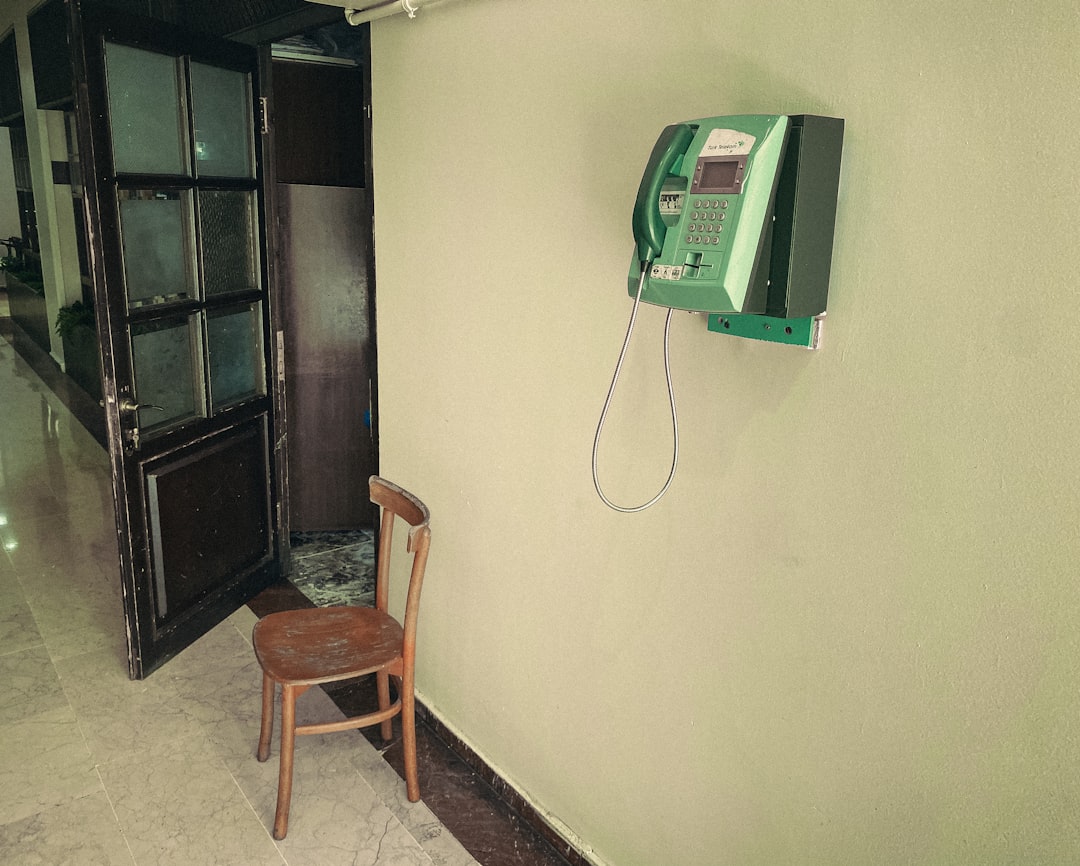In today’s rapidly evolving threat landscape, U.S. businesses are increasingly turning to advanced security systems to safeguard their physical and digital assets. While surveillance cameras, intrusion detectors, and access control technologies play a vital role in maintaining security, the human element behind these systems cannot be overlooked. Monitoring centre operators serve as the eyes and ears of security operations, providing critical oversight, real-time analysis, and coordinated response capabilities. Their presence transforms passive security infrastructure into proactive protection, making them essential to any effective security strategy in a business environment.
The Role of Monitoring Centre Operators
Monitoring centre operators function within highly secure environments designed to support constant vigilance and timely response. Their primary responsibility is to interpret data from a myriad of security inputs—such as surveillance feeds, motion sensors, panic alarms, and environmental alerts—to determine the proper course of action. These professionals are trained to detect unusual behavior, validate threats, initiate protocols, and communicate with emergency services when necessary.

Unlike static camera footage or automated alerts that can be missed or misunderstood, human operators bring analytical thinking and decision-making into the mix. They can quickly assess whether a real threat exists and decide whether a situation warrants escalation. This fusion of technology and human intervention is key in preventing false alarms and ensuring that genuine threats are addressed promptly and effectively.
Proactive vs. Reactive Security
One of the most significant advantages of using monitoring centre operators is their ability to provide proactive responses rather than mere reaction. When security alerts are processed automatically, there may be delays or misinterpretation if no human oversight exists. Monitoring centre operators are trained to anticipate threats and act before they escalate.
For example, if movement is detected in a restricted zone after hours, an automated system may only trigger an alarm. A monitoring operator, however, can:
- Check multiple camera feeds to verify the breach
- Speak directly through facility intercoms
- Dispatch onsite guards or contact law enforcement if necessary
- Log the incident for future investigation and risk assessment
This proactive approach not only ensures a faster response but also contributes significantly to loss prevention, employee safety, and risk management across the organization.
24/7 Human Oversight
Security incidents don’t adhere to a 9-to-5 schedule. Businesses operating late hours—or even around the clock—require continuous oversight. Monitoring centre operators provide that 24/7 vigilance, ensuring that there’s never a moment when the company’s security is left unchecked. Through rotating shifts and overlapping coverage, operators can maintain a constant watch on high-value assets, restricted areas, and public access points.
Beyond immediate threats, operators also track patterns and recurring incidents, contributing to a longer-term strategy for risk mitigation. They constantly assess footage, make note of vulnerabilities, and often collaborate with analysts to suggest security improvements.

Integration with Emergency Services and On-Site Personnel
A crucial component of effective security operations is timely coordination with emergency responders and internal security teams. Monitoring centre operators often serve as the central communication hub during an incident. With access to building schematics, entry logs, and historical data, they can provide critical information to first responders, improving the accuracy and efficiency of any emergency response.
Additionally, they maintain direct lines of communication with on-site personnel, equipping guards and managers with the information they need to take appropriate action. Whether it’s a fire alarm, unauthorized access, or a suspicious individual, the monitoring operator serves as the bridge that unifies all channels into a coherent and coordinated response.
Customized Reporting and Analytics
Beyond live threat detection, monitoring centre operators contribute to long-term business intelligence. They compile comprehensive incident reports, generate trend analyses, and track compliance with internal and external regulations. This data is invaluable for:
- Insurance claims and liability coverage
- Employee performance evaluations
- Audits and compliance reporting
- Policy reviews and strategic planning
These customized insights add another layer of value to security operations, turning every incident report into a learning opportunity and strengthening the overall defense strategy of the business.
Cost-Effective Use of Skilled Resources
Hiring on-site security personnel for all locations and all shifts can be cost-prohibitive for many businesses, especially those with multiple locations. Monitoring centres offer a centralized solution, where trained operators can oversee dozens—if not hundreds—of facilities at once. This remote oversight reduces the need for extensive on-ground staffing while enhancing operational efficiency.
Additionally, since monitoring centre operators handle incident validation before escalation, they significantly reduce the cost associated with false alarms, unnecessary emergency dispatches, and legal liabilities.
Industries That Benefit the Most
While all businesses can gain from having monitoring centre operators as part of their security infrastructure, certain sectors benefit even more due to the nature of their risks and compliance needs. These include:
- Retail: High theft rates and inventory shrinkage
- Healthcare: Patient and data privacy regulations
- Finance: Increased threat of fraud and robbery
- Manufacturing: Equipment safety and hazardous materials
- Education: Student safety and visitor verification
In each of these industries, monitoring centre operators do more than just observe—they play an active, decision-making role that strengthens the foundation of a secure environment.
Conclusion
Monitoring centre operators are not just a supporting role within security operations—they are a core component that brings coherence, speed, and intelligence to the defense architecture of modern U.S. businesses. Their work ensures that technological investments in surveillance and access control are fully realized through human intuition, rapid decision-making, and integrated response. As businesses face increasingly complex threats, the role of these professionals will only grow in importance.
Frequently Asked Questions
-
What exactly does a monitoring centre operator do?
A monitoring centre operator is responsible for observing, analyzing, and responding to security alerts from surveillance systems, alarms, and other connected devices in real time. They validate threats, initiate emergency protocols, and communicate with responders or onsite staff. -
Are monitoring centre operators available 24/7?
Yes, most professional monitoring centers offer 24/7 coverage through rotating shifts, ensuring there is always someone ready to respond to threats at any time of day or night. -
How do monitoring operators differ from automated alerts?
Unlike automated systems that simply trigger alarms, human operators can assess the context, interpret behaviors, reduce false positives, and make informed decisions about escalation. -
Can monitoring centres handle multiple business locations?
Absolutely. One of the advantages of centralized monitoring is its ability to oversee multiple locations simultaneously, making it a cost-effective solution for multi-site businesses. -
What type of training do monitoring centre operators have?
Operators are typically trained in surveillance technology, emergency response protocols, communication skills, and threat assessment. Many also undergo industry-specific training to meet compliance standards.
